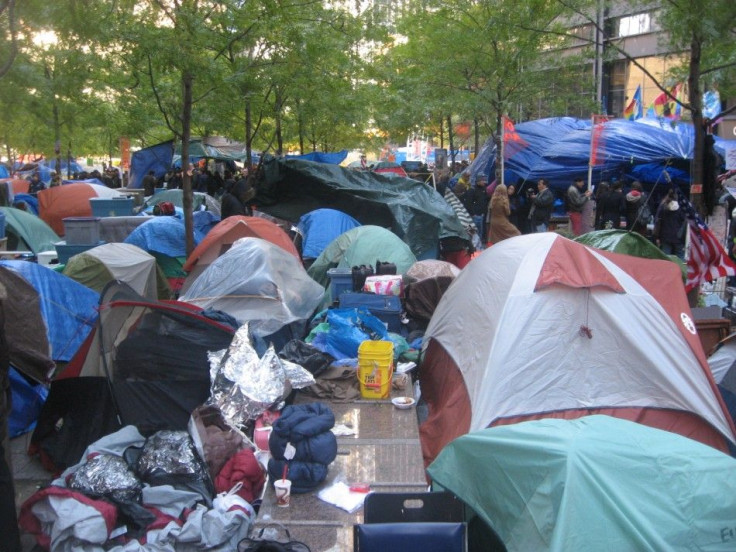Building New York: Biggest Real Estate News in 2011

Sometimes, New York feels like its own country. Even as the rest of the U.S. struggles in the face of a down housing market, New York saw skyscrapers charge ever upwards, with pricing inevitably following. It is truly the global city, with developers, buyers and architects from around the world gathering to shape the future.
And now is a dynamic time, with virtually every neighborhood, from Harlem to Hudson Yards, Williamsburg to Willets Point, evolving with every rendering, groundbreaking and realization. The future remains uncertain, but it will certainly be exciting.
Here are five of the biggest developments of 2011 and an outlook for the future:
A decade after the 9/11 attacks, the new World Trade Center complex is steadily taking its place in the skyline. One World Trade Center has reached the 90th floor, with one floor being added a week, and the Fumihiko Maki-designed 4 World Trade Center has nearly reached 60 floors. The 9/11 Memorial's enormous reflecting pools opened on the 10th anniversary of the attacks, and in time, the complex will have a transit hub, performing arts center and a trio of additional towers.
But the largest change in the neighborhood may go beyond steel and concrete. Although Wall Street remains synonymous with the financial industry, the neighborhood's biggest new arrival will be magazine publisher Condé Nast, which has leased 1 million square feet at One World Trade. A slew of residential conversions of former office towers -- 20 Pine, 75 Wall Street, 116 John Street -- has also filled the cobblestone streets with families, not just suited office workers. Further uptown, the Frank Gehry-designed 8 Spruce Street has become an icon for downtown's rebirth.
2. Public space, reinvigorated
On Sept. 17, activists descended on Wall Street to protest the financial system. They chose Zuccotti Park as a staging point, a privately owned public space, created out of a zoning agreement that allowed the construction of the nearby One Liberty Plaza, in exchange for an accessible plaza. In a few months, the movement spread worldwide, reinforcing the vitality and essential role of public space in the urban fabric.
A quieter, but equally important space is the High Line, a sublime elevated park on the former west side railroad tracks. In June, the central portion of the park opened, running from West 20th to 30th Street. (It will eventually curl up to West 34th Street and 12th Avenue.) The High Line represents adaptive reuse as a key to New York's future -- the power of building upon the city's existing framework, rather than demolishing and starting anew. It's also telling that while the space was created by a non-profit, it's helped propel the neighborhood of West Chelsea to a new development boom. It seems that sometimes, public and private interests can align.
Earlier this month, Cornell University was selected to develop a $2 billion science campus on Roosevelt Island, another sign of the technology's driving force in development. Facebook announced it would open an engineering campus at 335 Madison Avenue, and Apple opened its largest retail store in the midst of Grand Central Terminal's Beaux-Arts splendour, although the deal had its share of controversy. Late last year, Google bought 111 Eighth Avenue, one of the largest office buildings in the city, for $1.9 billion. And in smaller offices around the city, a vibrant start-up scene is blossoming.
The last time such a confluence of technology gathered in the city was the dot-com bubble in the early 2000s, whose burst coincided with the 9/11 attacks, leaving swathes of empty office space in the city. But as the city's employment base shifts today, with manufacturing a dwindling sector, and even some financial services departing, technology and science become crucial drivers of growth. And based off the past year, New York has enduring appeal.
4. Sky-high pricing
© Copyright IBTimes 2024. All rights reserved.





















